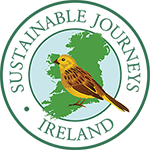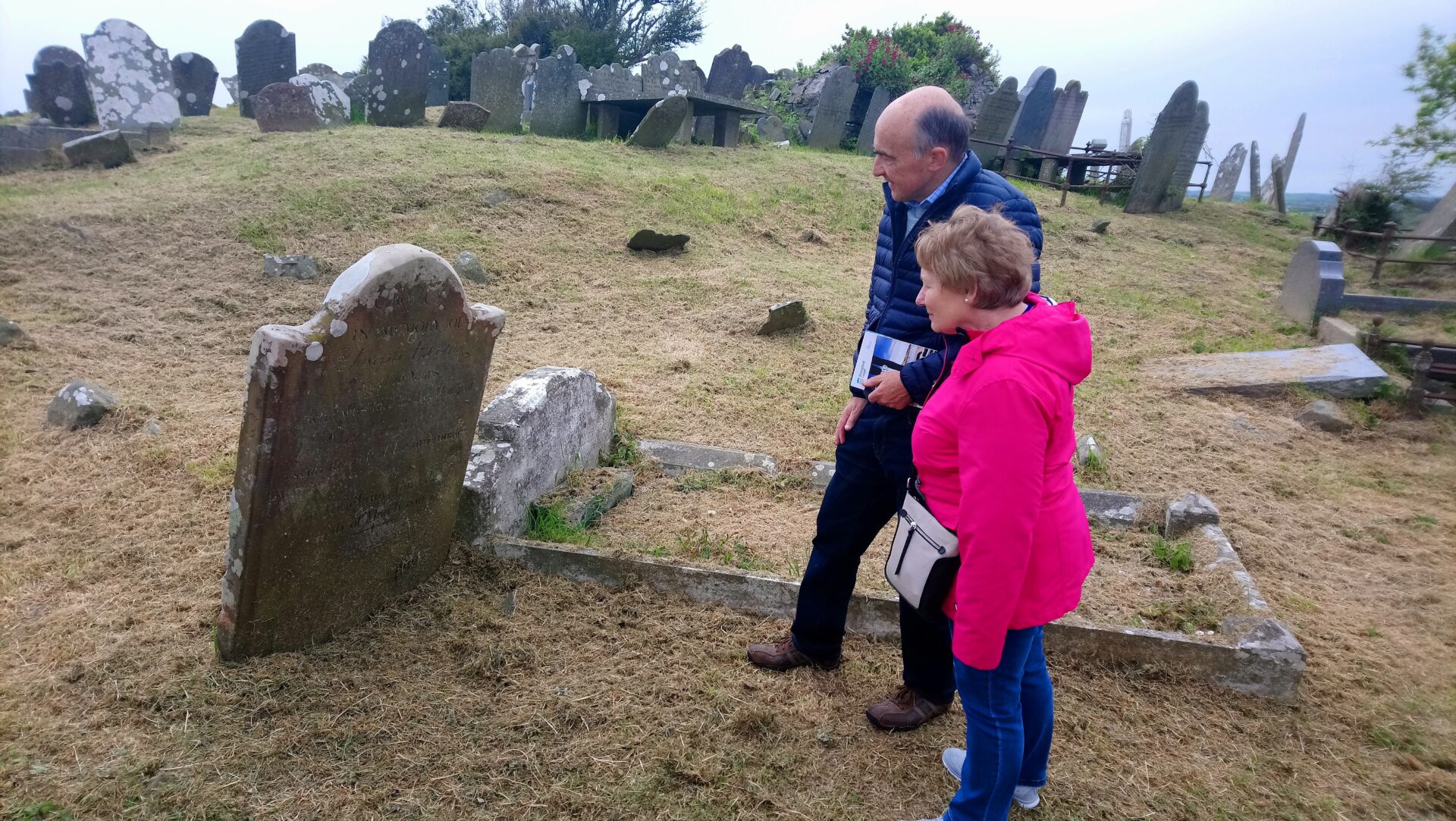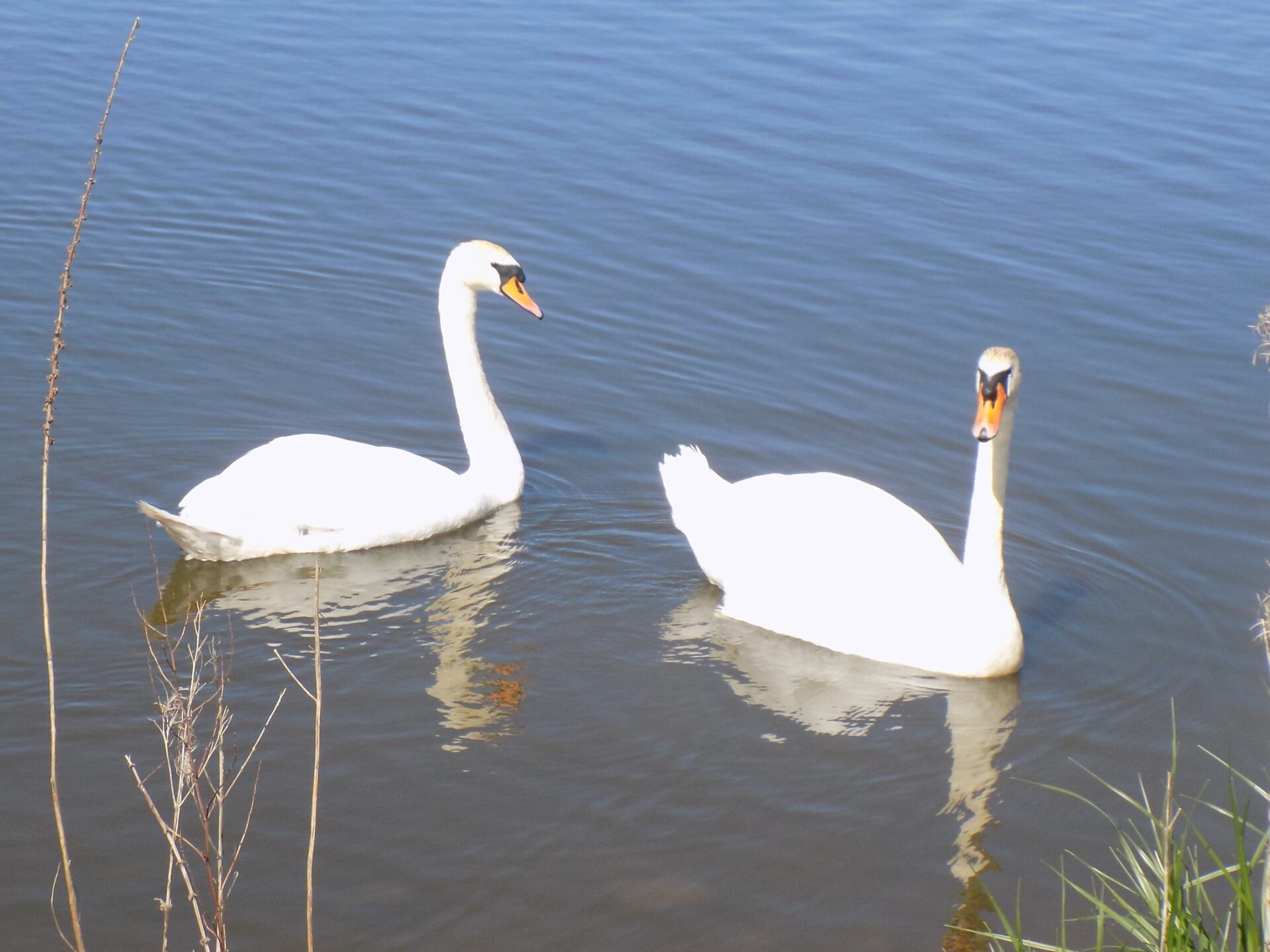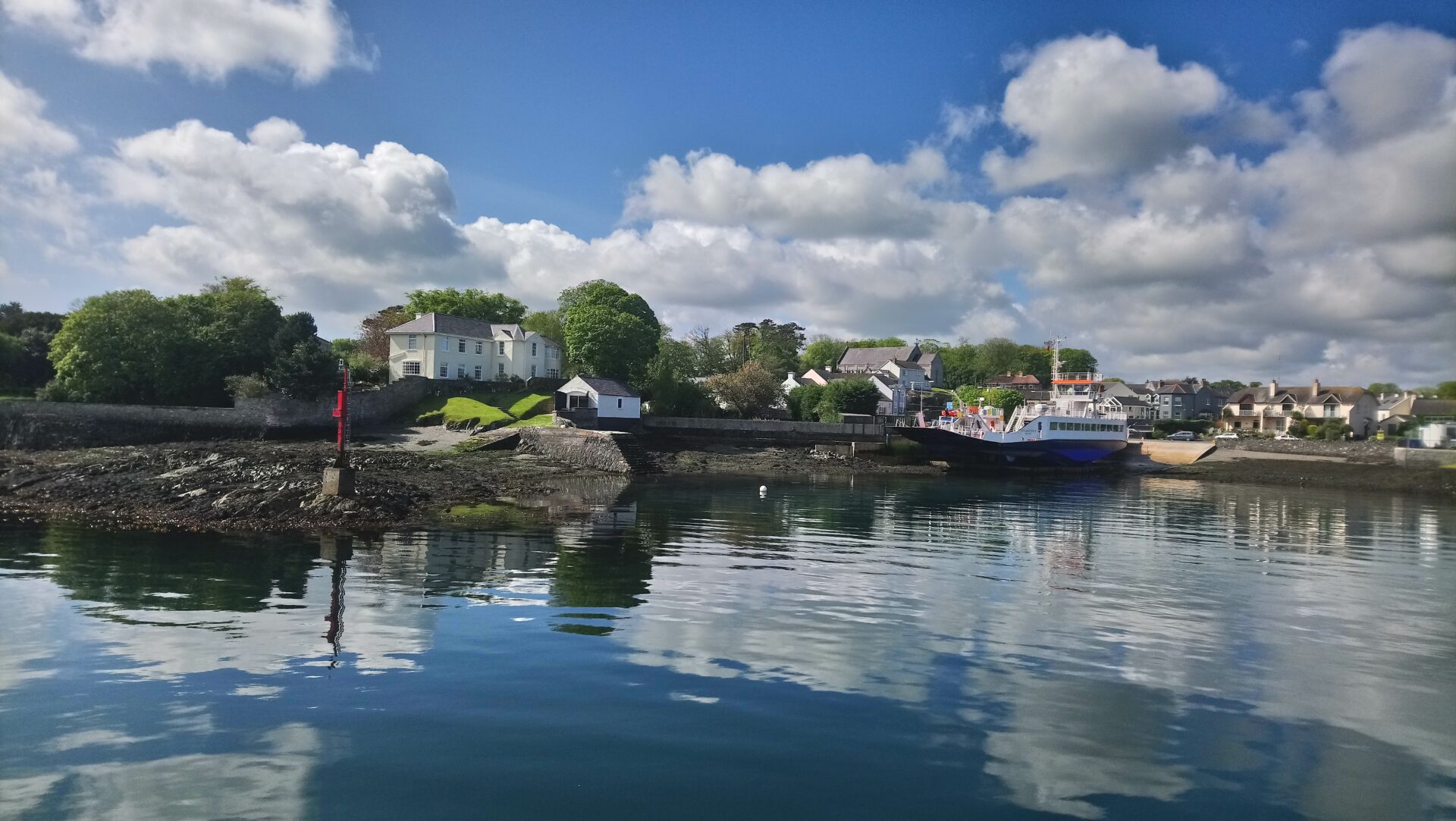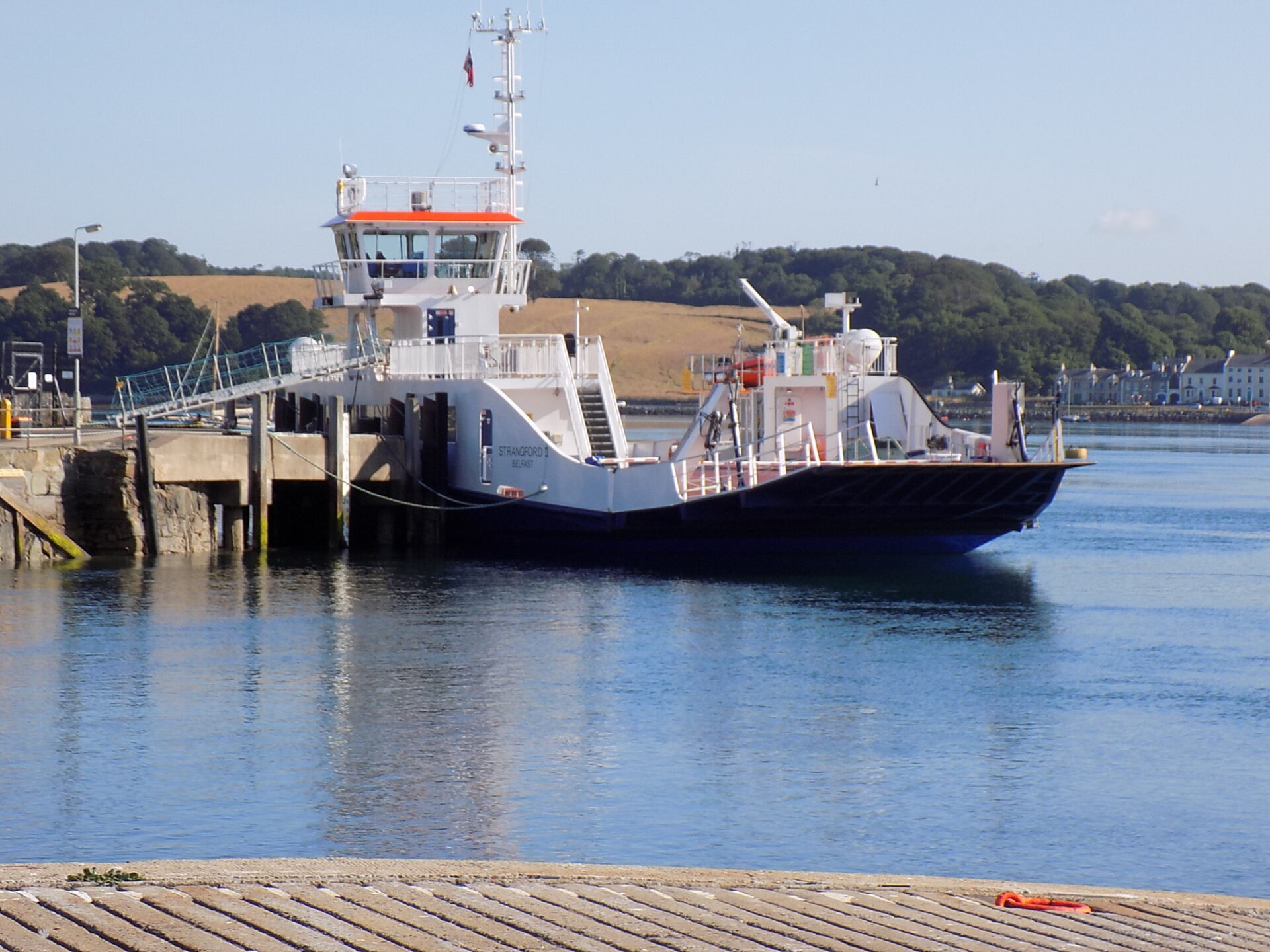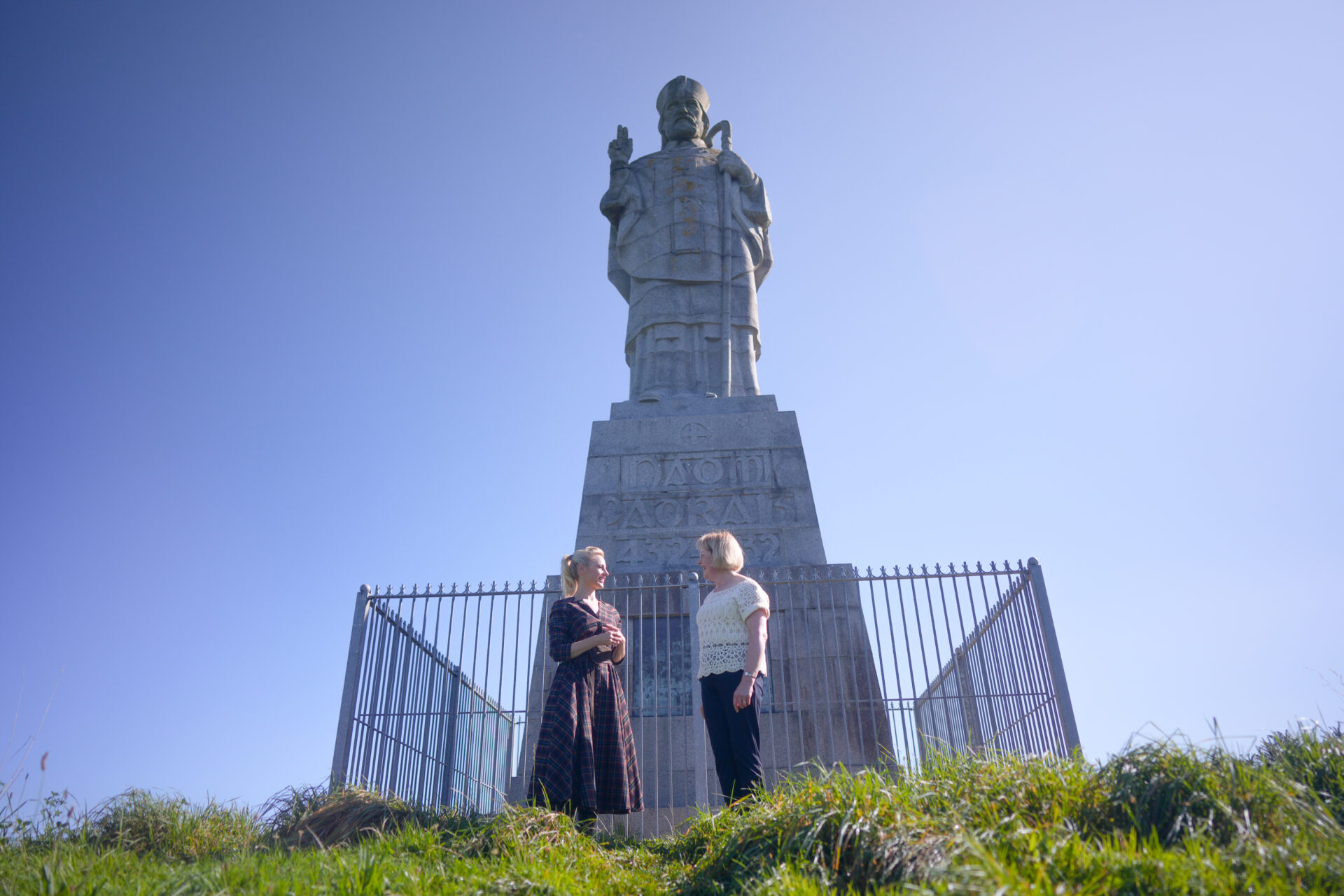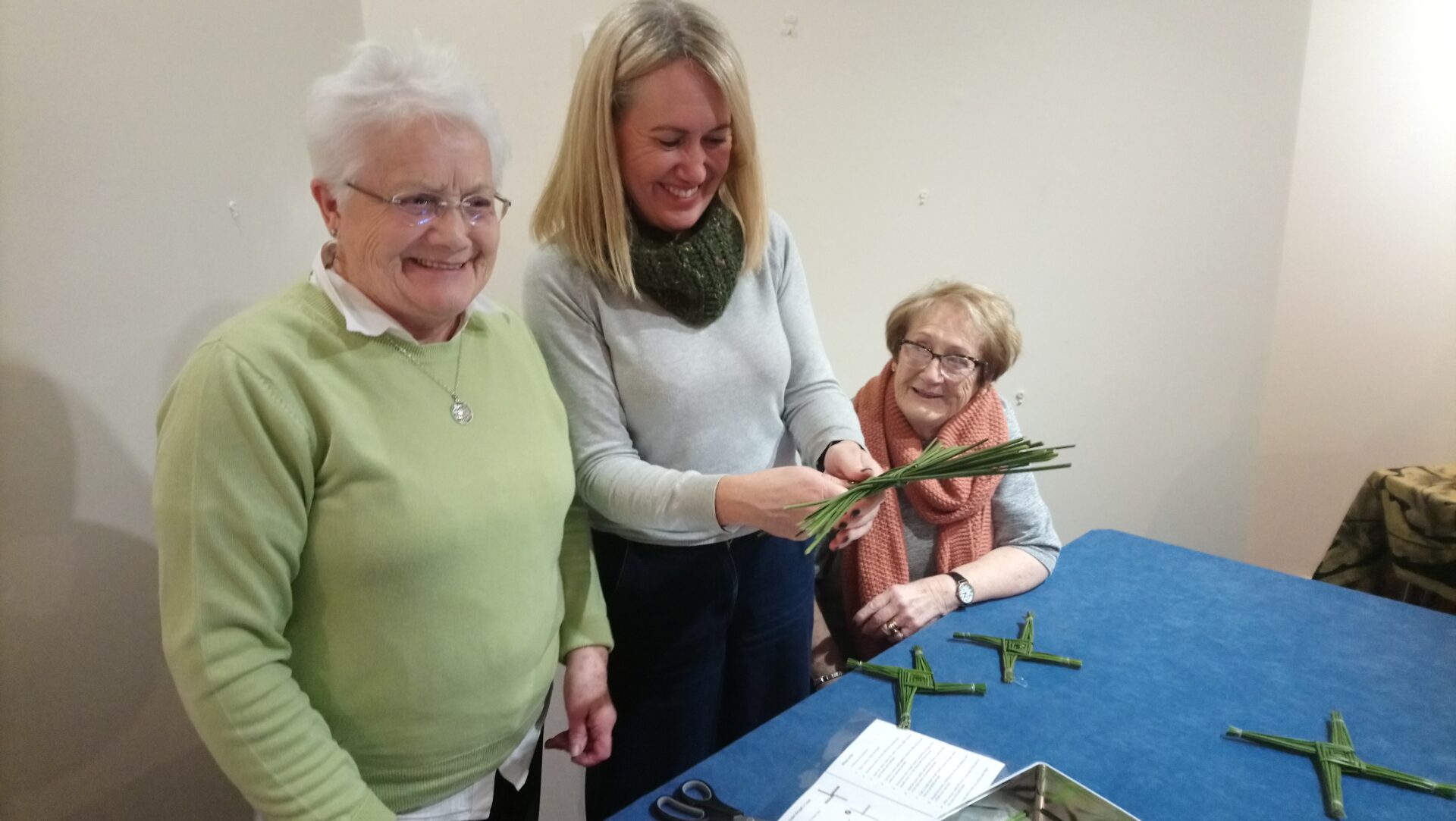Peoples’ lives are fascinating and I have really enjoyed researching the lives of people in the area of coastal County Down over recent years. From poets such as the brilliant Patrick McManus to notorious smugglers such as Daft Eddie there is a richness of experience which I don’t think is surpassed anywhere else on the island of Ireland. As a local Irish storyteller there is nothing I enjoy more that sharing these entertaining and engaging life stories with visitors to the area. Whether you are interested in rebels or saints I have the story for you!
The Ards Peninsula and Strangford Lough area is a microcosm of the history of the island of Ireland and each wave of invaders from Vikings to the Anglo-Normans and Ulster-Scots all had strong leading characters who shaped the history of this area. Iif you would like to learn more about about Thornfinn the Skull Splitter or Eric Bloodaxe the Ards Peninsula is the place to be!
Many people emigrated from the Ards Peninsula to North America, Australia and New Zealand and there are amazing stories of the successes they achieved from humble beginnings in Ireland.
